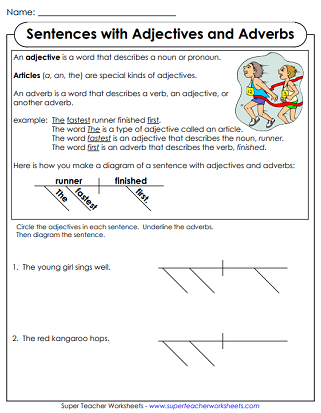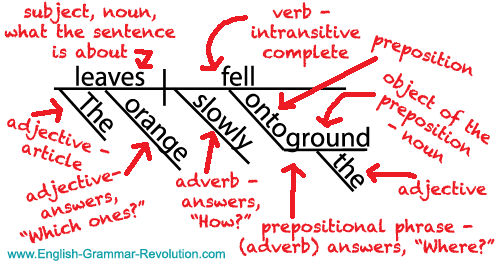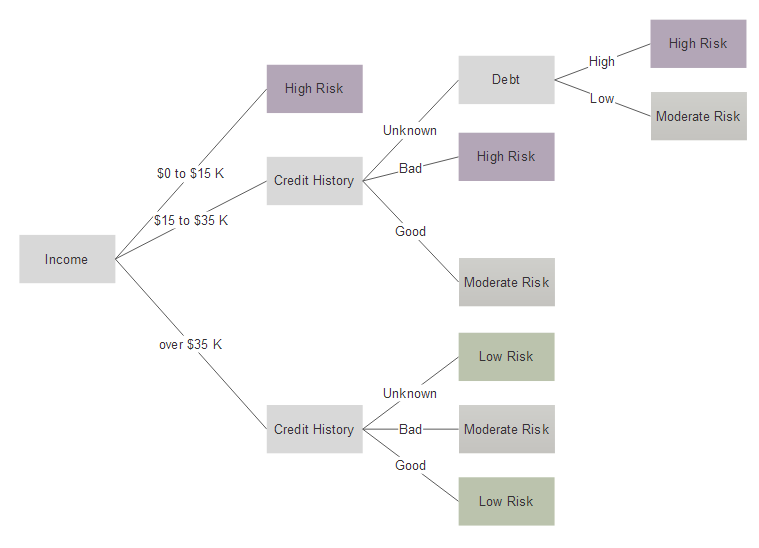
- Sentence diagramming program free full#
- Sentence diagramming program free free#
BNF is not particularly well suited to natural language because of the non-context-free-ness of most natural language (just consider any kind of inflectional agreement).  you have to write your language grammar yourself (I couldn't find any natural language parsers for either of these that were already written). These are compiler -compilers, meaning you write a grammar (in variations/extensions of Backus-Naur form (BNF) which allow something beyond context-free grammar). The grammar itself, a link grammar, seems to be out of the TCS/AI field rather than linguistics, and 'links' seem to have some special meaning which I don't understand.ĪNTLR and JavaCC: I put these together because they act in the same way (even though some details are different). But that could be used as a semi-official start and then edited as you please. The form of the tree is -almost- close enough for the above phpSyntaxTree (replace '(' with '[' etc), but even among the many attempts, it was hard to pick one that seemed to capture things just right. Link Grammar Parser: this takes a sentence and returns -many- attempts at assigning a parse tree (they call it a constituent tree). But you can save the image easily and then upload easily in stackexchange. So you, the user, have to determine the parsing that you want with the labels, and lay it out with the labels you see fit. (in fact this is really a drawer of any kind of rooted labeled tree, but it is advertised and probably directed towards parsing). PhpSyntaxTree: this draws a syntax tree, if you give it a parsing. Another is to allow you to -define- a grammar, and then allow you to parse a sentence using the grammar you created (also called a compiler-compiler). The other is to do the linguistic work of determining the parts/derivation of a sentence using some grammar. One is to do the graphical work of displaying a parse tree (with nodes and lines) given a parsing. Also, don’t forget that today is the last day to take advantage of our Black Friday/Cyber Monday sale.There seem to be two parts to this request. Greek Diagrams is available now for purchase and easy install.
you have to write your language grammar yourself (I couldn't find any natural language parsers for either of these that were already written). These are compiler -compilers, meaning you write a grammar (in variations/extensions of Backus-Naur form (BNF) which allow something beyond context-free grammar). The grammar itself, a link grammar, seems to be out of the TCS/AI field rather than linguistics, and 'links' seem to have some special meaning which I don't understand.ĪNTLR and JavaCC: I put these together because they act in the same way (even though some details are different). But that could be used as a semi-official start and then edited as you please. The form of the tree is -almost- close enough for the above phpSyntaxTree (replace '(' with '[' etc), but even among the many attempts, it was hard to pick one that seemed to capture things just right. Link Grammar Parser: this takes a sentence and returns -many- attempts at assigning a parse tree (they call it a constituent tree). But you can save the image easily and then upload easily in stackexchange. So you, the user, have to determine the parsing that you want with the labels, and lay it out with the labels you see fit. (in fact this is really a drawer of any kind of rooted labeled tree, but it is advertised and probably directed towards parsing). PhpSyntaxTree: this draws a syntax tree, if you give it a parsing. Another is to allow you to -define- a grammar, and then allow you to parse a sentence using the grammar you created (also called a compiler-compiler). The other is to do the linguistic work of determining the parts/derivation of a sentence using some grammar. One is to do the graphical work of displaying a parse tree (with nodes and lines) given a parsing. Also, don’t forget that today is the last day to take advantage of our Black Friday/Cyber Monday sale.There seem to be two parts to this request. Greek Diagrams is available now for purchase and easy install. 
Sentence diagramming program free full#
The Greek words are color-coded according to part of speech, and if you hover over them in the diagram pane you get the full parsing and gloss information. If you’re learning to diagram on your own, you can use it as a basis of comparison with your own work. The Greek Diagrams tool can be displayed in parallel with the Greek text, making it easy to see its logical structure.

Sentence diagramming program free free#
Greek Diagrams is just $59.99, and as with all such work-in-progress resources, when you buy it now you get free upgrades until it is complete. The same scholar responsible for most of our grammatically-tagged Greek texts has carefully diagrammed all the Pauline epistles and will eventually complete the rest of the New Testament. That all changed last week when we released our new Greek Diagrams module. Eventually some enterprising users began sharing their diagrams, but we never had anything systematic or complete. This was great, but you had to do all the diagramming yourself. By selecting some text and choosing Diagram from the Language tools (previously on the Resource palette but now on the Workspace toolbar), you could then move the text around and diagram it using a variety of symbols. It emphasizes the logical relationships among words and phrases in a sentence, enabling you to see through the peripheral information to the key points being made.Īccordance was the first Bible program to offer diagramming, all the way back in version 3.0. The Reed-Kellogg system of diagramming is among the oldest and best known.

At the time it seemed like a pointless exercise, but years later, I came to see its usefulness, especially when it comes to exegeting complex Greek sentences. Remember diagramming sentences in school? If you’re under forty, you might not, but I have vivid memories of diagramming sentences in high school English.








 0 kommentar(er)
0 kommentar(er)
